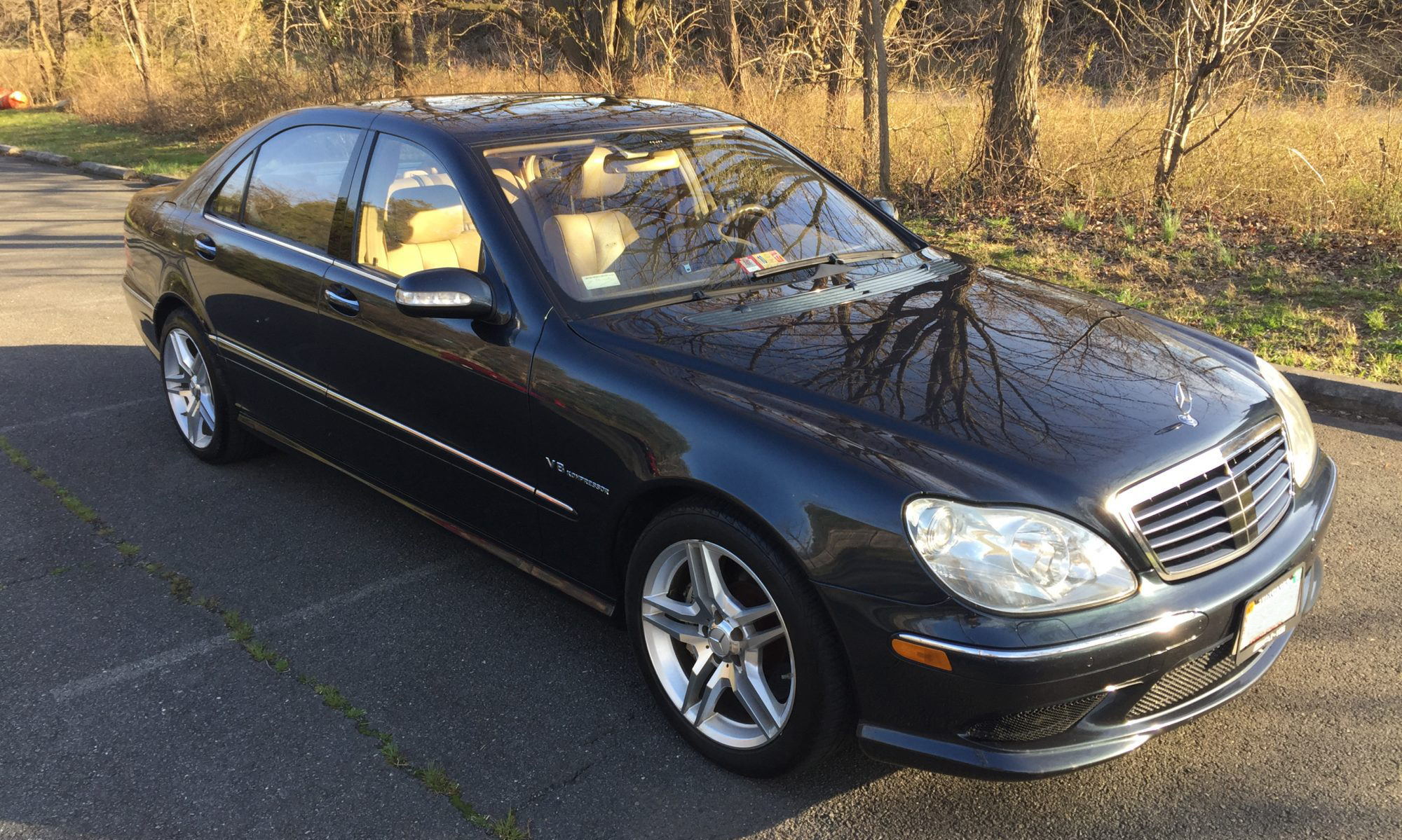Our annual Thanksgiving celebration odyssey really starts in England in the early 1600’s during the reign of King James I, sometimes incorrectly considered a 4Runner to Crown Victoria and the Grand Marquis of the times. Pilgrims and Puritans hoping to escape religious persecution envisioned a better life and liberty in the New World, set sail in 1620 on the Mayflower, and initially, the Speedwell intending to boldly traverse the Atlantic.
Not much of an armada or grand caravan, really, as early in the journey the Speedwell had to return to port twice after taking on water, and the Mayflower continued its pathfinder cruze alone. At about 100 feet in length, the regal Mayflower was not a large vessel but for reference purposes, think of it as twice the size of the small corvette warships of the 1700’s.
The month-long expedition was not an easy one, with the ship’s navigator struggling without a modern atlas and only a compass and the stars to guide them, and the Mayflower blown nearly five hundred miles off course while it lacrosse’d the Atlantic. During transit the Pilgrims agreed on the “Mayflower Compact”, an accord by which they would govern themselves democratically upon landing. Maybe half the explorers perished at sea during their quest, or shortly after arriving at the frontier. But under the leadership of the Mayflower pilot Capt. Chris Jones the trailblazers toughed it out that first winter aboard ship and established an enclave at Plymouth, now suburban Provincetown, really, the following spring.
The first “thanksgiving” was likely not in November, but just after the fall equinox to celebrate the first harvest in the New World at Plymouth Plantation. The Pilgrims and Native Americans of the Wampanoag tribe (not the Cherokees as some claim) certainly interacted in the town and country side, sometimes collaborating and sometimes warily circling, and may have celebrated the feast together, but it’s not as clear cut and civic as our holiday suggests. The Pilgrims were equally settlers and challengers, and by 1622 the Pilgrims erected bulwarks and palisades to prevent attempts by renegades and natives to escalade the walls, plunder stores, and take captivas.
We have more historical insight and a different outlook on the impact and plight on Native Americans now. The Thanksgiving legacy is oft remembered as a tribute to the peaceful endeavor by patriots and countryman to settle the New World, without the bad vibe of the continental push west to claim terrain such as Colorado, Tacoma, Santa Fe, and the Pacifica. It’s better for the soul to not overthink the holiday. Happy Thanksgiving and God bless.

























































